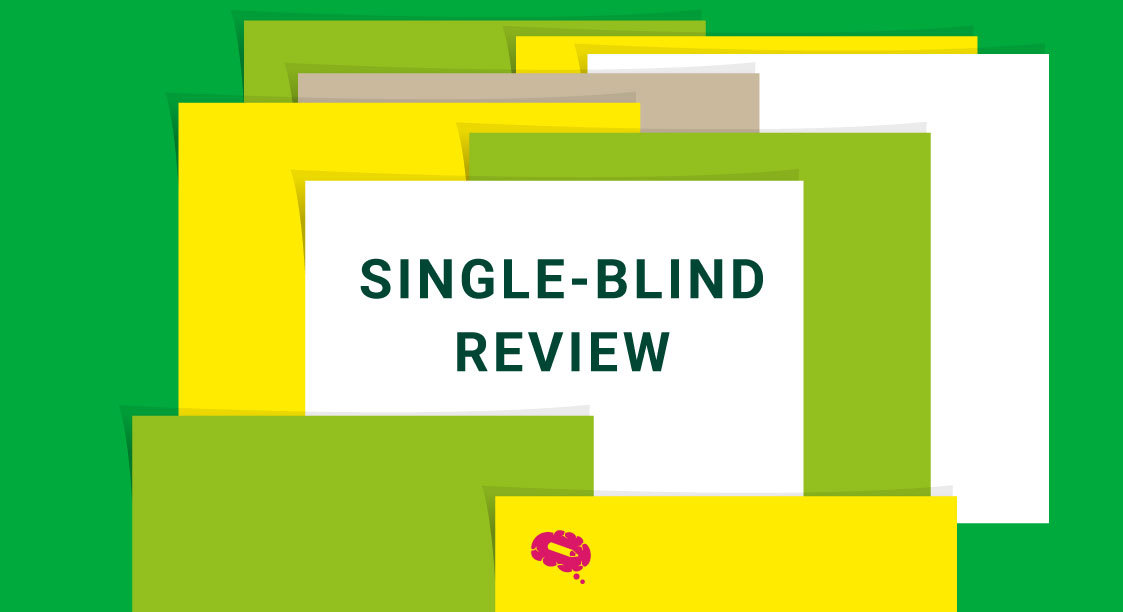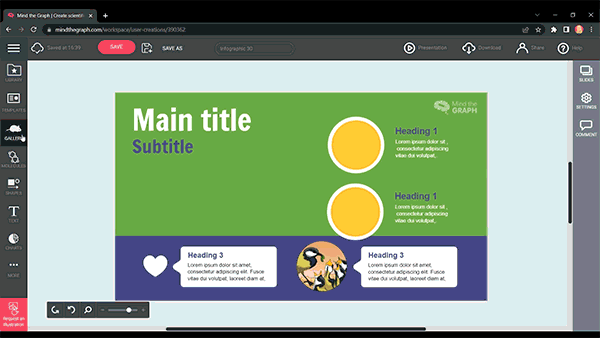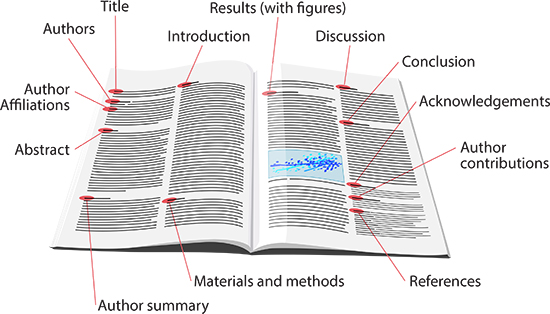Have you ever wondered how the research papers are reviewed? This is a crucial task as it involves factual information that has to be checked and reviewed appropriately. One common method that is used is called Single-Blind Review.
In this process, authors submit their work, but their identities are kept under wraps by the reviewers. The reviewers, on the other hand, know who the authors are. It’s a bit like a one-way mirror, where the authors can’t see the reviewers, but the reviewers can see them.
This whole setup is designed to make sure that the evaluation of the papers is fair and unbiased. In this article, we will dive into the world of single-blind review, explore how it works, its pros and cons, and why it’s an important part of the scholarly process.
What is a Single-Blind Review?
Single-blind review is a method used in academic and scientific communities to evaluate the quality and validity of research papers submitted for publication. In this process, the reviewers are aware of the authors’ identities and affiliations, while the authors remain unaware of the reviewers’ identities.
During single-blind review, the anonymity of the reviewers allows for an impartial and unbiased assessment of the research content. It helps prevent any potential bias that could arise due to factors such as the reputation, academic pedigree, or institutional affiliation of the authors. The reviewers can focus solely on the merits of the research, including its methodology, results, and conclusions, without being influenced by personal factors.
This review process promotes fairness and integrity in the evaluation of scholarly work. It ensures that the decision to accept or reject a paper is primarily based on the quality, rigor, and significance of the research rather than on the reputations or relationships of the authors. By maintaining confidentiality regarding the reviewers’ identities, single-blind review fosters a level playing field for all authors, regardless of their backgrounds or affiliations.
Advantages of Single Blind Review
Single-blind review offers several advantages in the evaluation of research papers while maintaining the anonymity of authors.
These advantages contribute to a rigorous and reliable evaluation of research papers, fostering excellence in academia and scientific advancements.
Two major advantages of Single Blind Review are Objectivity and Confidentiality.
Objectivity
The objectives of a single-blind review include:
- Ensuring Impartiality
- Promoting Fairness and Equal Opportunity
- Enhancing Quality and Rigor
- Minimizing Author Bias
- Facilitating Constructive Feedback
Confidentiality
Confidentiality is a critical aspect of single-blind review. The process is designed to ensure the confidentiality of both the authors and the reviewers involved. Here’s how confidentiality is maintained in a single-blind review:
- Author’s Identity
- Reviewers’ Identity
- Reviewer Discussions
- Publication Decisions
- Data and Findings
Disadvantages of Single-Blind Review
Biased decision-making can be a potential drawback of the single-blind review process. Despite efforts to maintain impartiality, there are inherent factors that can lead to biased assessments:
- Single-blind review is a peer review process in which the reviewer’s identity is kept hidden from the author of the paper being reviewed, but the author’s identity is known to the reviewer. However, even with this anonymity, there is still the possibility of biased decision-making.
- One potential source of bias in single-blind reviews is unconscious bias. Reviewers may have unconscious biases based on the author’s gender, race, institutional affiliation, or other factors that are unrelated to the quality of the research. These biases can affect the reviewer’s evaluation of the paper, leading to a biased decision.
- Another potential source of bias is the reviewer’s personal beliefs and preferences. Reviewers may have certain beliefs or preferences that influence their evaluation of the paper. For example, a reviewer who is strongly committed to a particular theory or methodology may be more critical of a paper that uses a different approach.
- Another issue with single-blind reviews is that authors may not be able to fully understand or challenge the reviewer’s comments and criticisms. This is because they do not know the identity of the reviewer, and therefore cannot discuss the feedback with them directly or seek further clarification. This lack of transparency can make it difficult for authors to improve their papers and may lead to frustration and resentment.
Alternatives to Single Blind Review
Two alternatives that can fit in the role of Single Blind Review are:
Double Blind Review
Double-blind review is a peer review process where the identities of both the authors and reviewers are concealed from each other. This means that authors do not know who reviewed their paper, and reviewers do not know the identities of the authors whose work they are evaluating.
In a double-blind review, authors typically submit their papers with a cover page that does not include any identifying information, such as their names, affiliations, or contact details. The journal or conference organizers then forward the manuscript to the reviewers, who evaluate the work without any knowledge of the authors’ identities.
The purpose of a double-blind review is to reduce biases and potential conflicts of interest that may arise when authors’ identities are known to reviewers. The double-blind review aims to ensure that papers are evaluated solely based on their scientific merits, rather than the reputation, affiliation, or personal characteristics of the authors.
Open Peer Review
Open peer review is a review process where the identities of both the authors and reviewers are known to each other, promoting transparency and openness in the evaluation of research papers. In open peer review, the traditional anonymous nature of peer review is removed, and the reviewers’ names are disclosed along with the published paper.
In an open peer review, authors submit their manuscripts, and the reviewers’ identities are made known to the authors. This transparency allows for direct communication between authors and reviewers during the review process, facilitating constructive dialogue and clarification of any concerns or suggestions.
Software for Single Blind Review
There are several software platforms available that can facilitate the single-blind review process for research papers. Here are a few examples:
- OpenConf: OpenConf is a conference management system that supports single-blind review. It allows authors to submit their papers and tracks the review progress. The system ensures anonymity by hiding author information from reviewers during the evaluation process.
- EasyChair: EasyChair is a popular conference management software that offers features for a single-blind review. It enables authors to submit their papers and provides a platform for reviewers to assess the submissions. EasyChair allows for anonymous interactions between authors and reviewers to maintain confidentiality.
- ScholarOne Manuscripts: ScholarOne Manuscripts is a comprehensive submission and peer review management system used by many scholarly journals. It supports single-blind review by allowing authors to submit their papers and provides a secure platform for reviewers to evaluate the submissions while maintaining anonymity.
- OJS (Open Journal Systems): OJS is an open-source software platform widely used for managing academic journals. It offers single-blind review capabilities, enabling authors to submit their papers and facilitating the review process with anonymous peer review features.
- Ex Ordo: Ex Ordo is a conference management system that supports single-blind reviews. It allows authors to submit their papers and provides a user-friendly interface for reviewers to evaluate the submissions anonymously.
Add visual impact to your posters with scientific illustrations and graphics
How would you feel if you get a chance to simplify your research and explain it clearly to your audience? Visuals help break complex research topics into easy-to-understand concepts. Mind the Graph helps you add visual impact to your posters with scientific illustrations and graphics. Sign Up now!

Subscribe to our newsletter
Exclusive high quality content about effective visual
communication in science.






